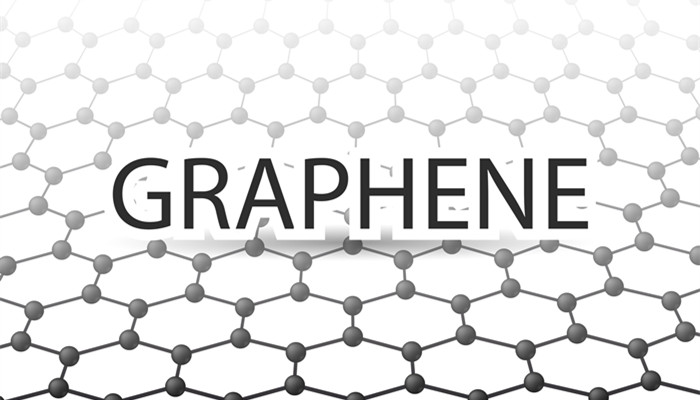
The downstream industry is developing well and the market demand for chlorine-vinegar resin is growing.
Vinyl chloride resin, also known as vinyl chloride-vinyl acetate copolymer, abbreviated as EVC material in English, is a resin produced by the copolymerization of vinyl chloride and vinyl acetate. According to different chemical structures, chloric acid resin is divided into dibasic chloric acid resin, tribasic chloric acid resin, quaternary chloric acid resin and other products. Chlorine-vinegar resin is one of the main raw materials for the production of inks, color chips, adhesives, magnetic cards, plastic floors, engineering plastics, construction profiles and other products. It has a wide range of applications and huge market potential.
The upstream of the chlorine-vinegar resin industry chain is the supply layer of raw materials such as vinyl chloride and vinyl acetate. The cost of raw materials is greatly affected by market price fluctuations. In order to ensure the stability of raw materials and ensure product quality, midstream chlorine-vinegar resin producers tend to locate nearby raw material suppliers. The downstream of the industrial chain is the application field of chlorine-vinegar resin, including coatings, building materials, toys, printing, textiles and other fields.
Coatings and inks are the main application areas of chlorine-vinegar resin. According to data from the China Coatings Industry Association, since 2008, my country’s coatings industry has ranked first in the world in terms of production capacity and consumption for 14 consecutive years, with a total output value of more than 450 billion yuan. The development trend of the coatings industry is improving, which will further release the market demand for chlorine-vinegar resin, and the chlorine-vinegar resin industry has a bright future.
According to the “China Chloric Acid Resin Industry Market In-depth Assessment and 2023-2027 Investment Feasibility Consultation Report released by the Industrial Research Center There are three production methods for chlorine-acetic resin, namely solvent polymerization, suspension polymerization, and emulsion polymerization. In the early days, my country’s chlorine-vinegar resin companies mainly used solvent polymerization for production. The chloric acid resin produced had higher purity and better performance. However, the production process caused serious pollution and put great pressure on environmental protection. As my country vigorously promotes green environmental protection policies in the manufacturing industry, the proportion of solvent polymerization production has gradually declined. At present, chloric acid resin in my country is mainly produced by suspension polymerization. In May 2023, Xinxin Technology announced that it had achieved mass production of emulsion-based chlorine-vinegar resin products. The experimental results may lead to changes and upgrades in the chlorine-acetic acid resin preparation process.
There are many chlorine-vinegar resin companies in the Chinese market, including Honghui New Materials, Xinfeng Chemical, Xinxin Technology, Diyun Chemical, etc., and the market structure is relatively fragmented. Among them, Honghui New Materials is my country’s leading chlorine-vinegar resin company. It not only occupies a large share of the domestic market, but also cooperates with global inks and coatings companies such as D&E, Sun Chemical, Flint, Siegwerk, Pompeii, and AkzoNobel. The manufacturer has reached cooperation and the products have successfully entered the global market.
Industry analysts said that chlorine-vinegar resin has a wide range of applications, strong market demand, and the industry has great room for development. However, the degree of homogeneity of chlorine-acetic resin products is relatively high. Chloric-acid resin companies need to increase investment in science and technology, carry out technological innovation, actively adjust product structure, develop products with differentiation, high added value and excellent performance, and improve corporate market competition. force.

 微信扫一扫打赏
微信扫一扫打赏

